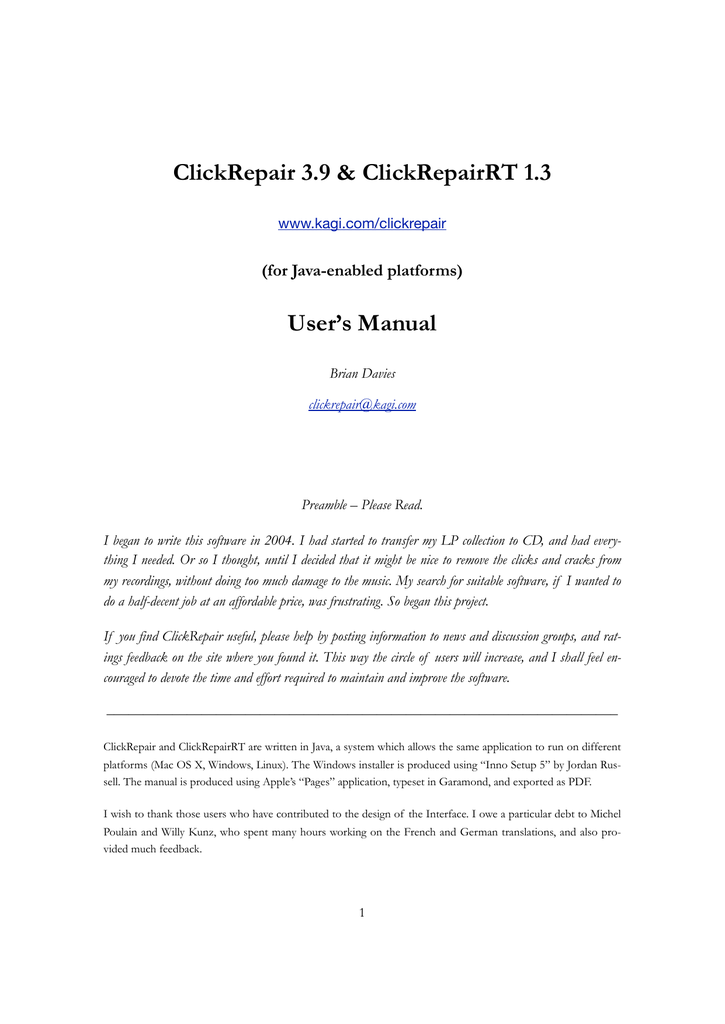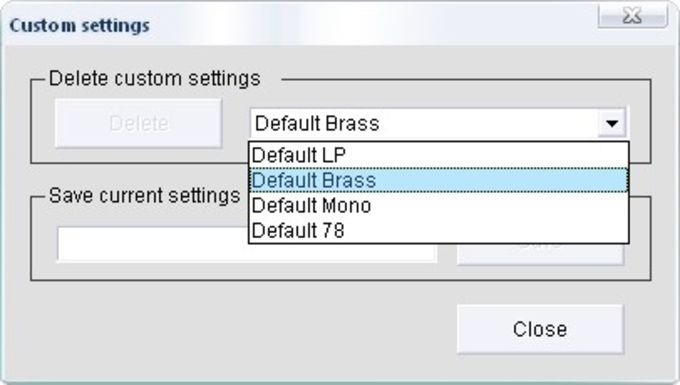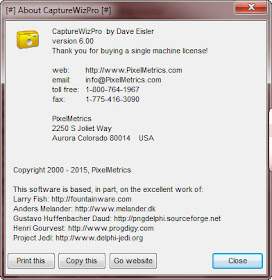

However, the pluses are that most of IGD are completely gone (with exceptions if it is just part of recording). So for slow-speed method there's a tradeoff: slightly exaggerated bass, slightly less HF and more noise which is a bit audible during quiet parts. If the record is recorded with normal/quiet volume, I use the traditional method digitizing it using analog RIAA phono stage at normal speed. The whole point of using slow speed method recording is to get rid of IGD (inner groove distortions)/mistracking which sometimes appear towards the center on the records that are pressed/recorded with louder volume. I am Frank, not Scott PMFJI but record players was my job almost 50 year ago now and the physics of how cartridges work hasn't changed. This is just a fact of the physics of a record player you are stuck with I'm afraid. If the arm/cartridge resonance is at 10Hz, say, and the filter is at 20Hz to remove the resonant region, that will limit the accurate transcription of bass to a lowest of 40Hz if you play back at 16 ⅔ and correct pitch in software. Playing back at the intended speed and making sure the phono stage has at least the RIAA recommended high pass filter (I favour a stronger one) is the way to get the most accurate bass from a record, though some people like the "loadsa bass" effect they get from the resonance and come up with all sorts of reasons why a high pass filter sounds worse when it is actually simply removing non-music related boom! It can not be corrected afterwards because it is a physical effect which depends on the laws of physics, using this type of transducer is inherent to record players and its limitations are baked into the system. It will sound bassier because you are listening to more of the cartridge body bouncing on its suspension - not because you are more accurately transcribing the bass from the groove.

Not my personal idea of a good trade, given the strengths and weakness of LPs and record players.Ĭlick to expand.I am Frank, not Scott PMFJI but record players was my job almost 50 year ago now and the physics of how cartridges work hasn't changed. In short recording the output of a slow record and changing the pitch later may improve the HF of the recording but will significantly lose bass and/or bass accuracy, depending whether you properly filter the signal or not. That is fixed by the physics, so if you run the record slowly the lowest accurately picked up frequency when you correct the pitch will go up in proportion to the difference in speed. Simply put most of the output from the cartridge below that frequency is due to the mass of the cartridge bouncing on the suspension spring and as it approaches 2x the natural frequency the mass becomes quasi-stationary so subsequent output is due to stylus movement - ie it starts measuring the groove fairly accurately. Telecommunications Providing access to information on the Internet Providing user access to computer programmes in data networks Provision of on-line forums Operation of a trading platform on the Internet.The output from a seismic type transducer ( which is what a pickup cartridge is) is inaccurate up to around 2x the natural frequency of the effective mass on the suspension compliance. Insurance, Assurance services, In particular repair cost insurance for technical apparatus, including mobile radio apparatus and bicycles, Health and liability insurance for pets, in particular dogs and cats Insurance brokerage, financial affairs Monetary affairs Real estate affairs. Trademark is used in the following business:Īdvertising Business management Business administration Office functions Commercial intermediation services Arranging of contracts, for others, for the providing of services, In particular repair for technical apparatus, including mobile radio apparatus and bicycles Negotiation and conclusion of commercial transactions for third parties Arranging of trading and economic contacts, also over the Internet Arranging of contracts, for others, for the buying and selling of goods arranging commercial transactions for third parties, also within the framework of e-commerce Providing business information via a web site, In particular for suppliers and users of repair services, in particular for technical apparatus, including mobile radio apparatus and bicycles. The current status of the click repair filing isīased on Valuecare24 GmbH, the click repair The legal correspondent for click repair trademark is

The click repair mark is filed in the category of Trademark Application Number is a unique ID to identify the click repair mark in EUIPO. The click repair trademark was assigned an Application Number # 013638218 – by the European Union Intellectual Property Office (EUIPO). Click repair European Union Trademark Information By Valuecare24 GmbH


 0 kommentar(er)
0 kommentar(er)
